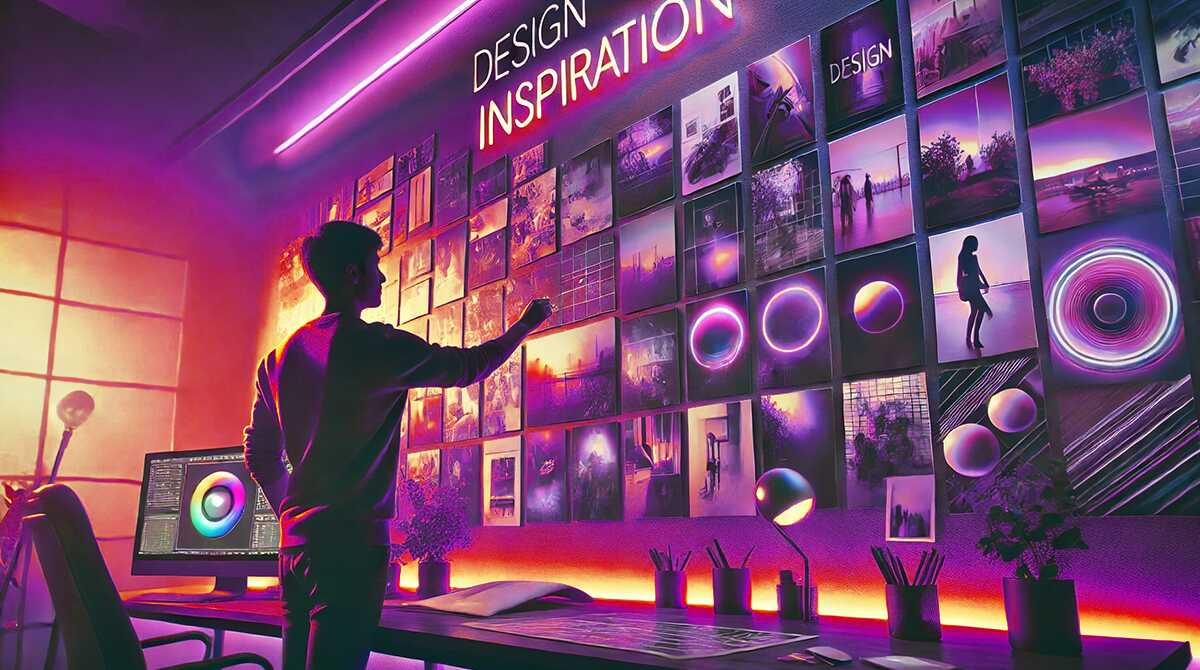
In today’s online landscape, website design is often the first interaction someone has with your brand. Think of it as the digital equivalent of a storefront. For businesses that want to project luxury and exclusivity, creating a website design that seamlessly blends aesthetics with functionality can make or break that crucial first impression.
But what exactly defines high-end website design? Is it just about looking good, or does true success lie in creating a site that’s as easy to navigate as it is visually impressive?
Let’s explore how a carefully crafted website design can build trust, engage visitors, and leave a lasting impact.
Understanding High-End Website Design
What sets high-end website design apart from the rest? It goes beyond beautiful visuals or following design trends. High-end website design involves integrating advanced features, custom functionality, and crafting an intuitive user journey that appeals to discerning audiences.
More than just a digital presence, it reflects your brand’s unique personality. When done right, high-end website design can significantly elevate your online presence and make your brand memorable.
Defining High-End Website Design
High-end website design stands out through clean lines, thoughtful use of white space, and a meticulous attention to detail. Every design element, from typography to color choices, is crafted to reflect the brand’s identity.
But luxury website design goes beyond appearance. It ensures that functionality remains flawless. High-end website design is about delivering a seamless, effortless user experience (UX) while maintaining an exclusive, luxurious feel.
Characteristics of High-End Website Design
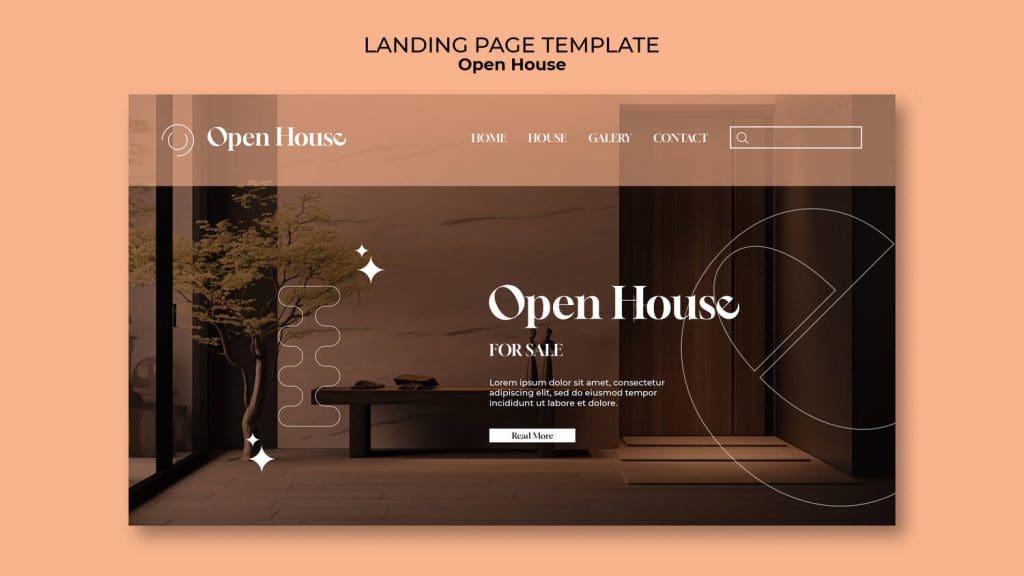
Creating a standout digital presence through high-end website design requires a careful blend of creativity and strategy. Here are the key characteristics that distinguish luxury website designs, ensuring they deliver both an exceptional user experience (UX) and a visually striking presence.
Captivating Design
In high-end web design, captivating visuals are key. Luxury websites often use high-resolution images, sophisticated color schemes, and custom typography to make a statement. Visuals are crafted to engage and inspire confidence, ensuring visitors are immediately drawn in.
Intuitive User Experience (UX)
While aesthetics are crucial, they are only half of what makes high-end website design successful. The other half is seamless functionality. At the heart of any luxury website design is a well-thought-out user experience (UX). From easy-to-navigate menus to clear calls-to-action, every aspect of the user journey is designed to offer convenience and keep visitors engaged from start to finish.
Custom Coding
Off-the-shelf solutions are rarely enough for high-end brands. Custom coding enables unique, highly functional elements that cater specifically to the needs of the business. Whether it’s interactive features, bespoke navigation, or advanced back-end capabilities, custom website development ensures that the website stands apart in both look and performance.
High-Quality Content
Just as important as the design is the content. For high-end websites, the content should resonate with the target audience. It needs to speak directly to their values, aspirations, and needs. By developing a targeted content marketing strategy, a brand can build trust and foster deeper engagement.
Responsiveness
In today’s multi-device landscape, responsiveness is an absolute necessity. High-end websites are fully optimized for any device, ensuring that the design and functionality adapt flawlessly to different screen sizes. A mobile-friendly site not only enhances the user experience (UX) but also improves search engine rankings, which are essential for visibility.
SEO Optimization
A high-end website must not only look good but also be optimized for search engines. Implementing top-notch SEO services ensures that the website is easily discoverable by users searching for relevant products or services. On-page optimization, fast load speeds, and responsive design all contribute to better visibility and rankings.
Accessibility
Luxury design also means inclusive design. High-end websites must be accessible to all users, including those with disabilities. From screen-reader compatibility to easy navigation for visually impaired users, ensuring accessibility shows that the brand is not only prestigious but also responsible.
The Role of Aesthetics in Website Design
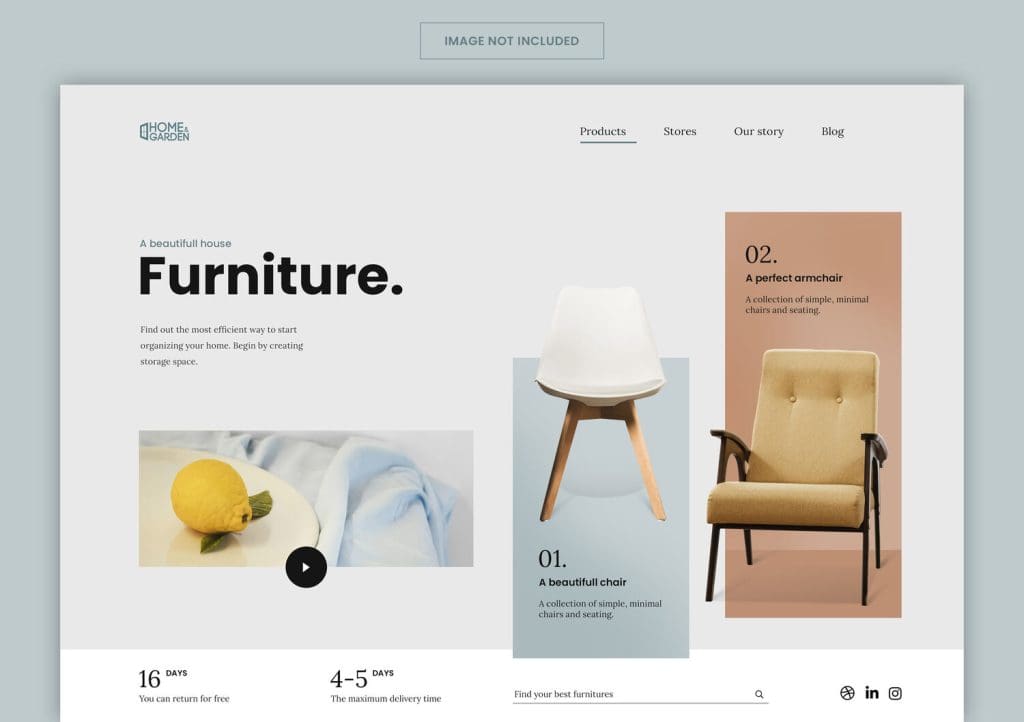
Aesthetics play a significant role in shaping the perception of a high-end brand. The look and feel of a website should reflect the brand’s identity and values, leaving a lasting impression on visitors.
Visual Appeal and Brand Identity
Luxury website design uses aesthetic elements like colors, typography, and imagery to reflect the brand’s personality. High-end brands rely on subtle visual cues to convey exclusivity and professionalism, making sure the website stands out without being overly complex or cluttered.
Creating a Cohesive Visual Experience
Consistency is essential for an engaging visual experience. Every design element – whether it’s the layout, imagery, or typography – should work together to create a cohesive look. Ensuring that branding is consistent across all digital touchpoints helps build trust and recognition with users.
The Importance of Functionality in Website Design
While aesthetics capture attention, functionality ensures long-term engagement. A website that’s difficult to use, slow, or confusing can lose visitors quickly, no matter how stunning it looks.
User Experience (UX) Design Principles
UX design is the backbone of a high-end website. An easy-to-navigate site that offers a seamless journey can significantly improve user satisfaction and retention. Clear calls-to-action, intuitive navigation, and well-structured content are just some of the UX principles applied in high-end web design.
Performance and Technical Aspects
Performance plays an equally vital role in functionality. Fast load times, minimal downtime, and optimized technical infrastructure are all key to creating a positive user experience (UX). High-end websites should be optimized for speed and reliability to avoid losing users due to slow page loads or errors.
Balancing Aesthetics and Functionality
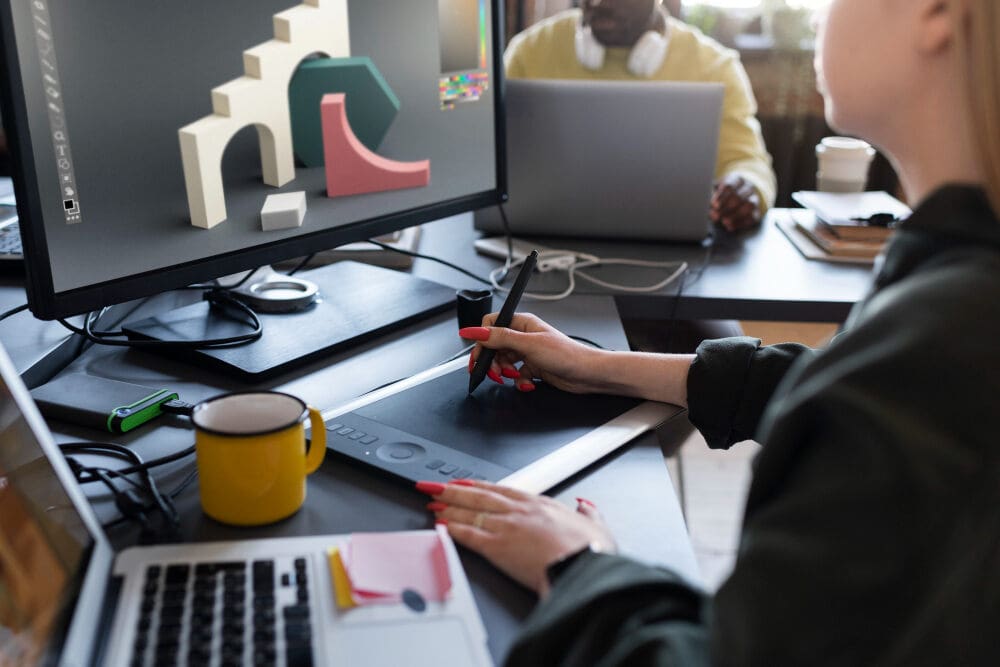
Achieving high-end website design is about striking a fine balance between captivating visuals and flawless technical performance. Both elements must work together seamlessly to create a website that not only looks good but also functions efficiently.
Strategies for Harmonizing Design and Usability
The best high-end websites combine strong visual elements with practical usability. A harmonious design should ensure that aesthetics don’t compromise functionality. Regular testing and iterations allow for a balance between beauty and performance.
Case Studies of Successful High-End Website Designs
Examining successful examples of high-end website designs can offer insights into best practices. Brands that master both aesthetics and functionality typically see greater user engagement, improved conversion rates, and stronger brand loyalty.
Cost of High-End Website Design
Investing in a high-end website design can be costly, but the benefits far outweigh the investment. The price is influenced by various factors such as custom design, development, functionality, and performance optimization.
Basic Cost Breakdown
The cost of high-end website design typically includes expenses for custom development, SEO optimization, and visual design elements. These features require advanced expertise, making them more costly than standard web design projects.
Factors Influencing Cost
Several factors impact the overall cost, including the level of customization, technical requirements, and the number of unique features. Adding functionalities like advanced security, e-commerce capabilities, or bespoke designs also drives up the price.
Typical Price Ranges
High-end website design typically starts at a higher price point due to the extensive effort and skill required. Typical price ranges for luxury websites can go upwards depending on the complexity of the project, often reaching tens of thousands of dollars for fully customized designs.
Reasons to Invest in High-End Website Design
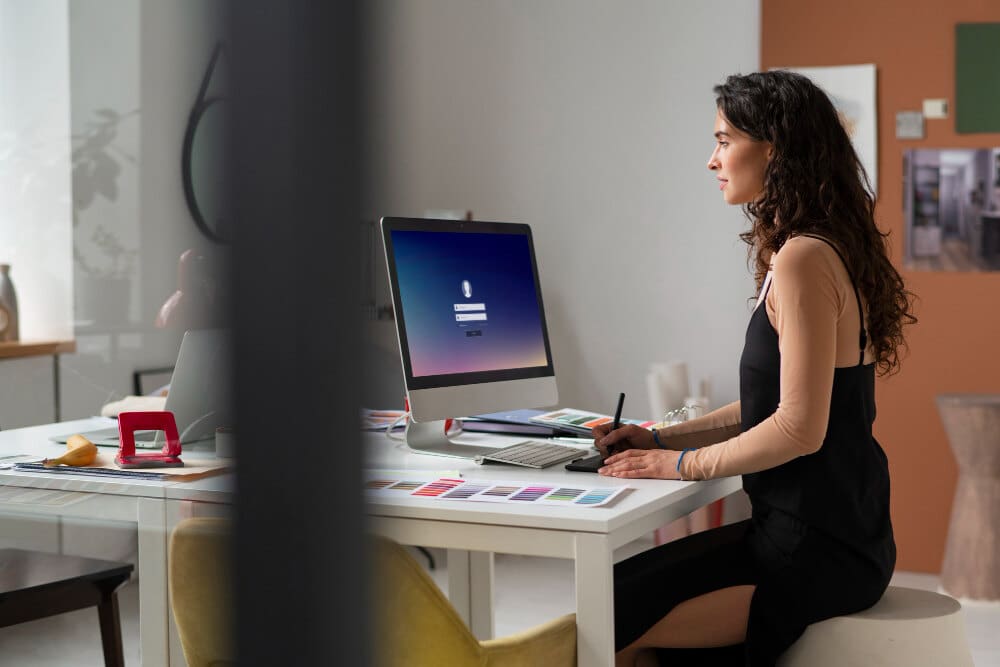
Investing in high-end website design goes beyond aesthetics. It is a smart business decision that can deliver measurable benefits.
Increased Brand Reputation
A well-designed, visually stunning website enhances a brand’s reputation, positioning it as a leader in its industry. High-end design conveys professionalism and attention to detail, which fosters trust among visitors.
Enhanced User Experience
Luxury websites provide a smooth, intuitive user experience (UX), leading to higher engagement rates, improved conversions, and better user satisfaction.
Improved Ranking & Visibility
A high-end website optimized for SEO helps improve search engine visibility, bringing in more organic traffic and increasing brand awareness.
Adaptability & Scalability
Finally, high-end websites are scalable. As businesses grow, these websites are built to adapt and handle increased traffic and additional functionalities, ensuring they remain efficient in the long run.
Conclusion
The ultimate goal of high-end website design is to seamlessly blend aesthetics and functionality, delivering a luxurious user experience that captivates visitors and encourages them to return.
However, web design is an ever-evolving field, and staying ahead of emerging trends is essential to keeping your website competitive and relevant. By investing in a sophisticated website design, you not only elevate your brand’s image but also position yourself to tackle future challenges—ensuring your audience remains engaged and your business continues to thrive.

